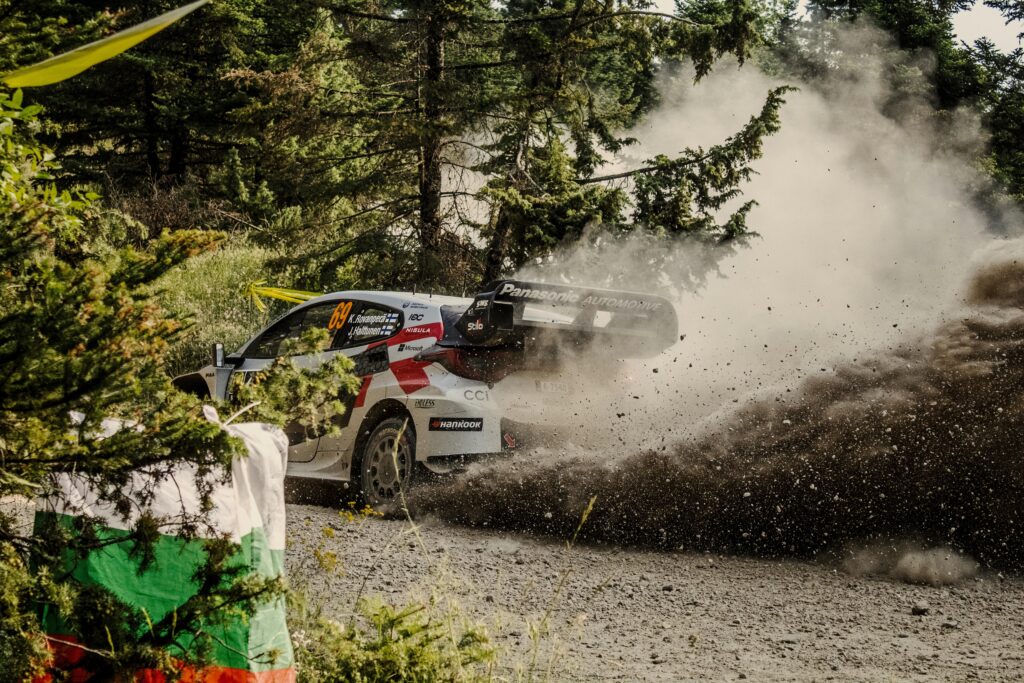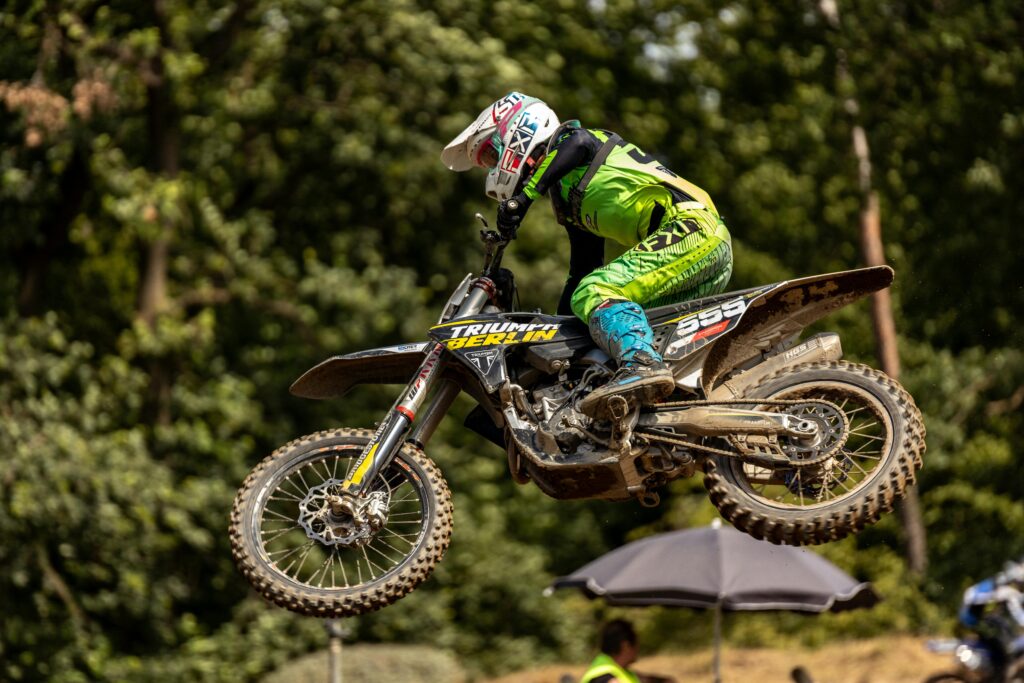“Ever found yourself obsessing over every detail of the Brawl Stars World Finals, wondering what made Team A crush it while Team B crumbled? You’re not alone.”
If you’re deep into the world of Brawl Stars esports, then Post-Finals Analysis Reports are your golden ticket to understanding the why’s, how’s, and what’s next. In this blog post, we’ll unpack everything about these reports—how to read them, why they matter, and even some tips for creating your own if you’re feeling extra ambitious. Along the way, I’ll share personal blunders (yes, I’ve mistyped “Super Sonic” instead of “Supercell”), a gaming pet peeve rant, and even a quirky easter egg or two.
Table of Contents
- Key Takeaways
- Why Are Post-Finals Analysis Reports So Important?
- How to Read and Understand Post-Finals Reports Step-by-Step
- Best Practices for Using Analysis Reports Effectively
- Real-Life Case Studies from Recent Tournaments
- FAQs about Post-Finals Analysis Reports
- Conclusion
Key Takeaways
- Post-Finals Analysis Reports provide an in-depth review of gameplay strategies, meta shifts, and team dynamics.
- Understanding these reports sharpens your tactical awareness for future tournaments.
- Mistakes happen—even pros get blindsided by untested brawlers or Meta surprises.
- Creating custom analysis templates can give you a competitive edge as a fan analyst.
Why Are Post-Finals Analysis Reports So Important?
Picture this: It’s the final match of the Brawl Stars World Finals. Two teams are neck-and-neck, sweat dripping on controllers, fans screaming through their screens. Boom—the winner is crowned. But wait, did anyone explain WHY that clutch win happened? That’s where Post-Finals Analysis Reports come in.
Context: These reports break down every crucial moment—from brawler picks to game-changing power plays—and offer insights into player decision-making. For example, after last year’s finals, analysts highlighted how one underdog team leveraged Mortis’ mobility to outplay heavy hitters like Brock. Mind = blown.

Check out this chart illustrating shifting trends in brawler usage across recent tournaments!
As a fan, failing to decode these nuances leaves you stuck at surface-level excitement. As an aspiring coach or caster? You might miss spotting patterns that could define upcoming seasons. Spoiler alert: Numbers don’t lie but humans definitely misread them sometimes—just ask me about my infamous Mortis vs. Tara matchup spreadsheet fiasco.
How to Read and Understand Post-Finals Reports Step-by-Step
Step 1: Start with Overall Performance Metrics
Dive straight into metrics like kill-death ratios, damage dealt/taken stats, and objective control percentages. Don’t skip this part—it sets the stage for deeper dives later.
Step 2: Break Down Key Matches
Analyze standout matches frame-by-frame. Pay attention to map rotations, brawler synergies, and pivotal moments like stolen show-offs (chef’s kiss).
Step 3: Identify Meta Trends
Trends tell stories. Was there a sudden surge in Gale usage due to nerfs elsewhere? Document these shifts—they shape the next season.
Best Practices for Using Analysis Reports Effectively
- Create Templates: Build frameworks so you’re consistent when analyzing multiple games.
- Stay Objective: Your favorite team losing doesn’t mean RNG hates them. Repeat: It’s just math.
- Collaborate: Discuss findings with fellow fans or join online forums. Group wisdom > solo guesses.
- Avoid Overloading Stats: Including too many numbers can overwhelm readers. Stick to essentials + one “wow factor” stat per report.
Rant Section: Gaming Pet Peeves Alert!
Hear me out—nothing ruins esports content faster than poorly written, overly complicated breakdowns stuffed with jargon no one understands. If I have to Google “what does ‘meta drift’ mean” again, I’m throwing my laptop out the window. Keep it simple, keep it engaging, and please stop pretending all players knew exactly what they were doing. They don’t; trust me.
Real-Life Case Studies from Recent Tournaments
Case Study #1: During the 2022 Brawl Stars Championship, Team Nova executed a flawless strategy using double-barrel supports paired with high-damage attackers. Their ability to adapt mid-game based on bans demonstrated flexibility unmatched by competitors.
Case Study #2: Remember Tribe Gaming’s stunning comeback in the 2021 quarterfinals? Analysts credited their success to unconventional brawler pairings rarely seen in pro play—a classic case of innovation trumping traditional tactics.

FAQs about Post-Finals Analysis Reports
Q1: How accurate are these reports?
Absolutely spot-on—if done correctly. Reliable sources combine raw data with expert commentary to ensure precision meets perspective.
Q2: Can beginners create their own analysis reports?
Yes! Grab those spreadsheets, watch replays, and start logging observations. Grumpy Optimist Dialogue Time:
Optimist You: “This sounds fun!”
Grumpy You: “Fun? Sure… once you realize Excel isn’t your friend.”
Q3: Do casters rely on these reports?
Big time. Casters use analyses to prep insightful commentary ahead of broadcasts.
Conclusion
We’ve covered a lot today—from hooking you with the importance of Post-Finals Analysis Reports to diving deep into actionable steps for mastering them yourself. Whether you’re geeking out over metadata or simply cheering for your fav squad, these reports are your cheat sheet to staying ahead in the Brawl Stars universe.
So go forth, analyze hard, and always remember: The next big tournament reveal may depend on YOUR takeaways. Oh, and one last thing—a nostalgia bomb for ya:
Tactical plays unfold slow,
Meta shifts—we’re never sure.
But the fandom keeps us glowing bright,
Like Tamagotchis needing care.


